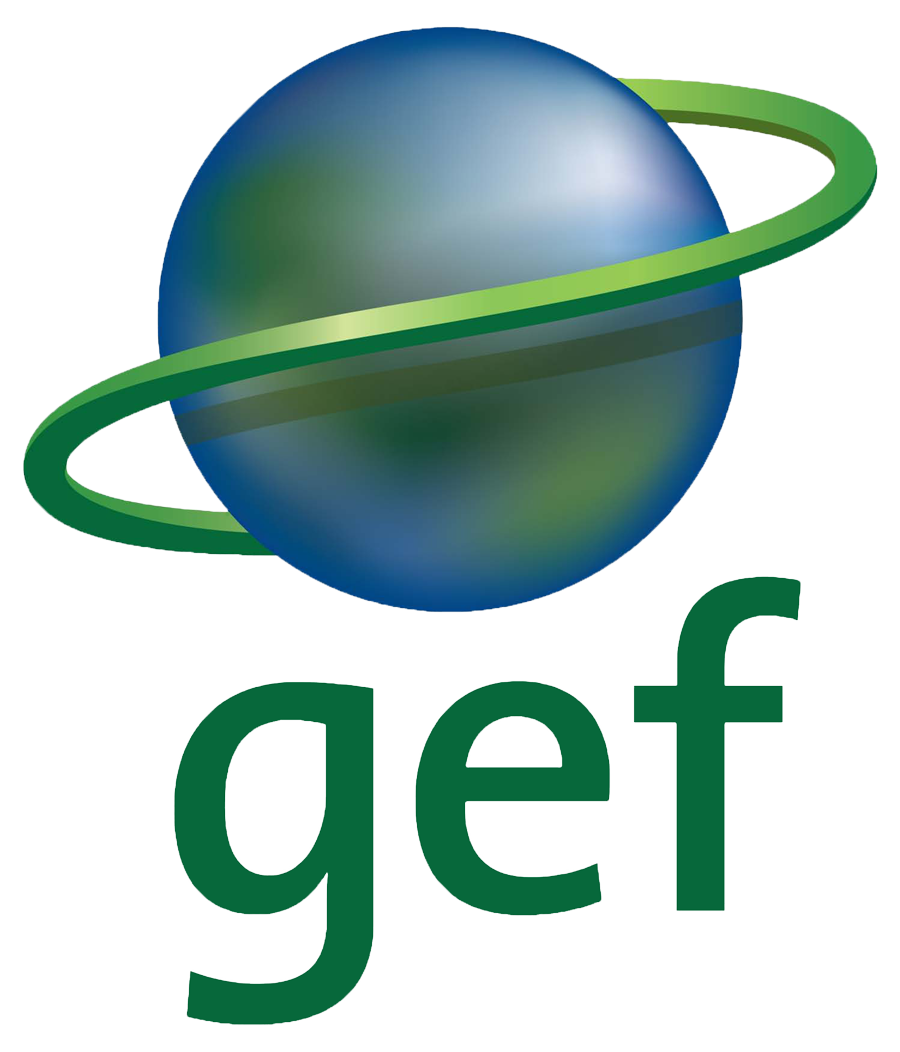Background & Situation Menu
Status and Trends in Fisheries and their Habitats Threats, root causes and barrier analysis Institutional, sectoral and policy context Stakeholder mapping and analysis Baseline analysis and gaps Known Areas of Critical Significance to the Life-Cycles of Fisheries Resources Priority Fisheries Refugia Areas




Establishment of Fisheries Refugia in Indonesia:
Background and Situation Analysis to Support
Priority Fisheries Refugia Areas
The fisheries refugia concept was defined by the RWG-F as “Spatially and geographically defined, marine or coastal areas in which specific management measures are applied to sustain important species [fisheries resources] during critical stages of their life cycle, for their sustainable use” (UNEP, 2005) and was developed as a novel approach to the identification and designation of priority areas in which to integrate fisheries and habitat management. The fisheries refugia concept focuses on the nature of the particular habitat and its critical significance to the life-history of the fished species. Management of refugia, therefore, focuses on the habitat rather than simply restricting access, either habitat, temporally or spatially, to fishing grounds. The process of identifying priority fisheries refugia in Indonesia was initiated via an RWG-F review of the above list of sites in relation to information on the distribution and abundance of fish eggs and larvae in the South China Sea; and the outcomes of country consultations on the identification of fisheries refugia.
In Indonesia, country consultations were conducted in West Kalimantan, Riau Island, and the Bangka-Belitung areas and involved participation by representatives from local government units, research institutes, law enforcers, fisherfolk organizations, non-governmental organizations, national fishery committee members. The purpose of these consultations was to introduce participants to the concept of fisheries refugia and the procedures for the identification and selection of refugia sites and involved: establishing a consensual understanding of the concept of fisheries refugia among participants and prioritizing sites for inclusion in a national and regional system of fisheries refugia. The consultations also considered available information on areas critical to the life-cycles of demersal and pelagic species along the South China Sea coast of Indonesia. The RWG-F subsequently agreed on 14 priority sites for inclusion in an initial regional system of fisheries refugia. The priority fisheries refugia sites initially selected for Indonesia are depicted in Figure 5.

Figure 5: Sites selected in Indonesia for inclusion in an initial system of fisheries refugia
Recent research conducted by the Research and Development Agency, Ministry of Marine Affairs and Fisheries of Indonesia has shown the main composition of 4 main species in South China Sea of Indonesia has been dominated by Decapterus spp. The spawning seasons of Decapterus macroma, Decapterus russeli, R. Kanagurta are almost all over the year, with peaks occurring during August-September. It is recommended that a seasonal closure be applied during August-September around the Anambas islands. Regarding the large pelagic species, it has been noted that the main composition of large pelagic species is E. Affinis and T. Tonggol. E. Affinis, S. Commersoni, S. Gutatus are thought to spawn throughout the year with a peak in September-March. The spawning ground has been identified as mainly around Natuna Island. Meanwhile, for demersal finfish, the highest biomass is observed around Pemangkat in West Kalimantan waters, with the peak seasons are occurring during February-March and October-November. The West Kalimantan waters are also important for Penaeus shrimp, with peak spawning seasons observed to be in April-May. It is recommended that the fisheries refugia site can be established in around Sambas waters. Similarly, a management measure to safeguard the early life cycles of shrimp, particularly during and after spawning season in Tanjung Bunga Dalam waters area during June-July is recommended. Figure 6 highlights the revised priority sites for the establishment of fisheries refugia in Indonesia.

Figure 6: Revised sites (green) for the establishment of fisheries refugia in Indonesia
